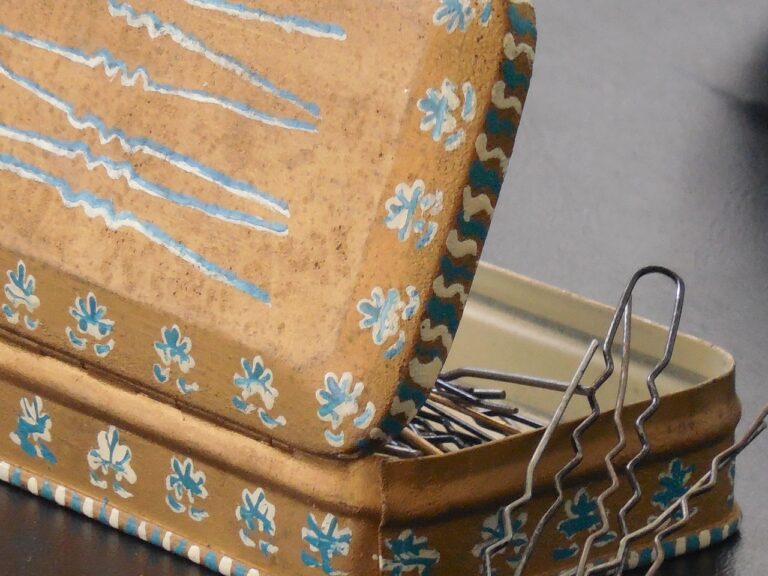Sustainable Fashion Sustainable Textile Innovations: Fabrics Made from Recycled Materials and Agricultural Waste
Fabrics made from recycled plastic bottles offer a sustainable alternative to traditional textiles, reducing the environmental impact of plastic waste. By repurposing discarded plastic bottles into fibers, these fabrics help alleviate the strain on landfills and oceans, contributing to a more eco-friendly fashion industry.
Innovative technologies have enabled the transformation of plastic bottles into high-quality textiles that rival conventional materials in durability and performance. From soft, breathable fabrics suitable for activewear to versatile materials used in everyday clothing, the versatility of recycled plastic bottle fibers has opened up new possibilities for sustainable fashion design.
Fabrics made from recycled plastic bottles are not only environmentally friendly but also offer a range of benefits for both consumers and manufacturers. Some key advantages include:
• Durability: Recycled plastic bottle fabrics are known for their strength and resilience, making them long-lasting and resistant to wear and tear.
• Moisture-wicking properties: Many recycled plastic bottle fabrics have moisture-wicking capabilities, keeping the wearer dry and comfortable during physical activities.
• Easy care: These fabrics are often easy to care for, requiring minimal maintenance such as machine washing and drying.
• Versatility: Recycled plastic bottle fibers can be used in a variety of clothing items, from activewear to outerwear, offering versatility in design options.
With the increasing demand for sustainable fashion options, fabrics made from recycled plastic bottles have become increasingly popular among eco-conscious consumers. Not only do these textiles help reduce waste and pollution, but they also provide a stylish and practical alternative to traditional materials. As technology continues to advance in this field, we can expect to see even more innovative uses for recycled plastic bottle fibers in the future.
Innovative Textile Production Techniques
Textile production techniques have seen remarkable advancements in recent years, especially with the introduction of technologies that prioritize sustainability and eco-friendliness. Innovations such as digital fabric printing and 3D knitting have revolutionized the industry, allowing for more precise designs and a reduction in fabric waste. These techniques not only streamline the production process but also contribute to a more sustainable approach to textile manufacturing.
Another notable development in textile production is the integration of automation and robotics in various stages of the manufacturing process. Automation has significantly improved efficiency and reduced the margin of error in tasks such as cutting, dyeing, and sewing. By replacing manual labor with automated systems, textile manufacturers can increase output while maintaining consistency and quality in their products.
Utilizing Agricultural Byproducts in Textile Manufacturing
In the ever-evolving landscape of textile manufacturing, there has been a noticeable shift towards sustainability and eco-friendliness. One innovative approach gaining traction is the utilization of agricultural byproducts in the production of textiles. This method not only helps to reduce waste but also presents a unique opportunity to create fabrics with a lower environmental impact.
Agricultural byproducts, such as husks, stalks, and stems that are typically discarded, can be repurposed and transformed into fibers for textiles. These byproducts offer a renewable and often cost-effective alternative to traditional textile materials. By incorporating agricultural waste into the production process, textile manufacturers can contribute to a more circular economy, minimizing their carbon footprint and promoting a more sustainable industry.
What are the benefits of using fabrics made from recycled plastic bottles?
Fabrics made from recycled plastic bottles help reduce waste in landfills and oceans, conserve natural resources, and lower the carbon footprint of textile production.
How do innovative textile production techniques help the environment?
Innovative textile production techniques use less water, energy, and chemicals, resulting in reduced environmental impact compared to traditional manufacturing methods.
How are agricultural byproducts utilized in textile manufacturing?
Agricultural byproducts such as corn husks, banana stems, and pineapple leaves can be processed into fibers and used to create sustainable and biodegradable textiles.
Are textiles made from agricultural byproducts as durable as traditional fabrics?
Yes, textiles made from agricultural byproducts can be as durable and functional as traditional fabrics, depending on the manufacturing process and quality standards.
What are some examples of textiles made from agricultural byproducts?
Some examples include banana fiber fabrics, pineapple leaf fiber textiles (known as Piñatex), and soy silk fabrics, all of which are eco-friendly alternatives to conventional textiles.







